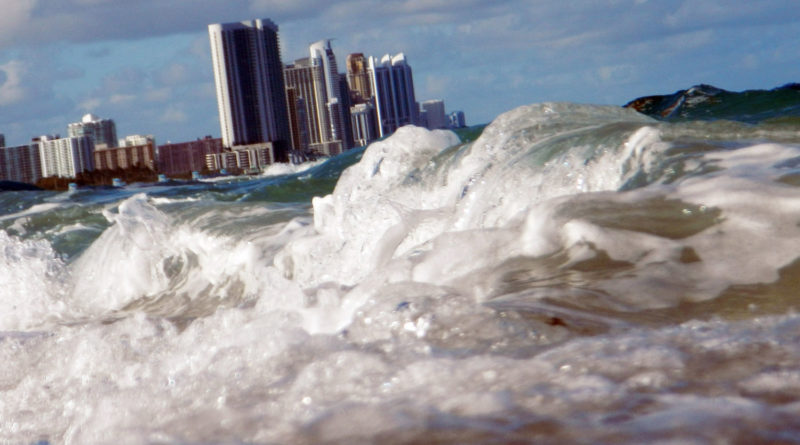Global sea levels could rise far more than predicted
Researchers say two-metre sea level rise is possible if global temperatures warm by five degrees Celsius by 2100.
Global sea levels could rise by over 6 feet by 2100––twice as much as had previously been predicted– a study Proceedings of the National Academy of Sciences published Monday warned. The authors of the report said this outcome is the worst-case scenario, in which global temperatures would warm more than five degrees Celsius by 2100. This could lead to the displacement of hundreds of millions of people.
The new projections, which double benchmark estimates by the United Nations, suggest the melting of the vast ice sheets of Greenland and Antarctica will contribute to accelerating the rise of seas levels, adding that they contain enough frozen water to lift the world’s oceans dozens of metres. If the global emissions are not curtailed and the climate warms by 5°C (9° Fahrenheit), the report authors predict sea levels could rise by as much as 7.8 feet. The upper limit for sea level rise by the end of this century was previously estimated to be between 1.7 and 3.2 feet, according to a 2013 report from the Intergovernmental Panel on Climate Change (IPCC).
In October, the IPCC released a landmark climate report that called for a drastic and immediate reduction in coal, oil and gas consumption in order to arrest the rapid rise in the levels of greenhouse gases in the atmosphere.
Large parts of low-lying countries like Bangladesh would become uninhabitable, while critical areas for food production would be lost. Major cities, including New York and London, would also be threatened. The land lost to the ocean could be equivalent to that of France, Germany, Spain and Britain combined, and would displace more than 180 million people.
There have been reports of the rate of glacier melt in Greenland and Antarctica is accelerating at a faster than expected rate.
The Paris climate deal, struck between nations in 2015, aims to limit global temperature rises to well below two degrees Celsius and encourages countries to work towards a 1.5-degree cap.
Earth has already heated one degree Celcius since pre-industrial times, contributing roughly 3 millimetres to sea levels each year.




